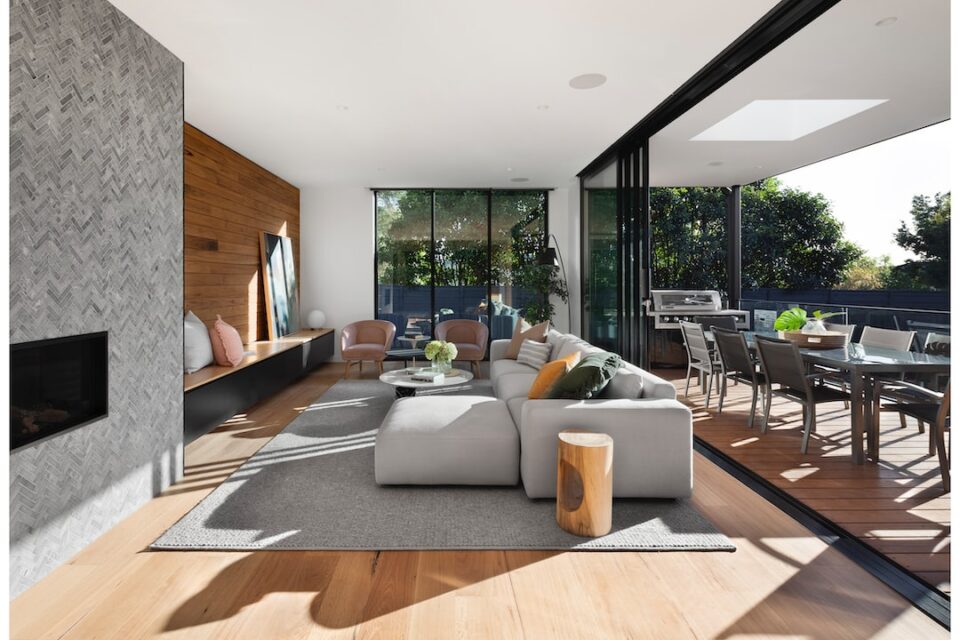The Rise of Multi-generational Homes: Meeting Changing Family Needs
In recent years, there has been a noticeable shift in family dynamics and living arrangements. Gone are the days when the traditional nuclear family structure was the norm. Instead, multi-generational homes have become increasingly popular, as families seek to adapt to changing needs and foster stronger intergenerational relationships.
What exactly is a multi-generational home? It refers to a household that consists of multiple generations living under the same roof. This could mean grandparents, parents, and children living together, or even extended family members such as aunts, uncles, and cousins all sharing common living spaces. The reasons for this trend are diverse, but one thing is clear: multi-generational living is on the rise.
One significant factor contributing to the rise of multi-generational homes is the increasing cost of living. As housing prices soar and the cost of education and healthcare continues to rise, many families find it economically challenging to maintain separate households. By combining resources and sharing living expenses, multi-generational homes offer an alternative solution that can help families ease financial burdens.
Another driving force behind the popularity of multi-generational homes is the desire for closer family ties and greater support. With the fast-paced nature of modern life, families often find it challenging to spend quality time together. By living under the same roof, family members have more opportunities for bonding, sharing experiences, and supporting one another. Grandparents can provide wisdom and guidance, parents can have an extra pair of hands in raising children, and children can develop stronger connections with their extended family members.
Moreover, multi-generational homes also address the growing need for eldercare. As the population ages, the demand for caregiving services increases. Many families prefer to take care of their elderly parents or grandparents at home, rather than opting for nursing homes or assisted living facilities. Living under the same roof allows families to provide personalized care and support to their senior members, ensuring their well-being while maintaining a strong sense of family unity.
Apart from the financial and caregiving aspects, multi-generational homes also promote cultural preservation and transmission of family values. In today’s globalized world, cultural identity and traditions can sometimes get diluted or lost. By living together, different generations can pass down their unique cultural practices, language, and values from one generation to another, thus preserving the family’s cultural heritage. This cross-generational exchange fosters a deeper understanding and appreciation of one’s roots and strengthens familial bonds.
However, as with any living arrangement, multi-generational homes come with their own set of challenges. Privacy and personal space can become an issue in households where many people are sharing common areas. Communication and respectful boundaries become crucial to maintaining a harmonious coexistence. Effective communication channels, division of responsibilities, and clear expectations can help ensure that everyone feels heard, respected, and valued within the household.
As more families embrace the multi-generational living trend, architects and builders have started designing homes to accommodate changing family needs. Floor plans now feature separate living areas or private suites, allowing each generation to have their own space while still enjoying the benefits of shared living. Additional amenities such as granny flats, home offices, or recreational areas also create more flexibility and convenience for the entire household.
In conclusion, the increasing prevalence of multi-generational homes reflects the evolving nature of families and their needs in the modern era. These homes provide economic benefits, support intergenerational relationships, cater to caregiving needs, and promote cultural preservation. As the trend gains momentum, it is essential for families to keep open lines of communication and establish healthy boundaries to build a harmonious and fulfilling life under one roof.

